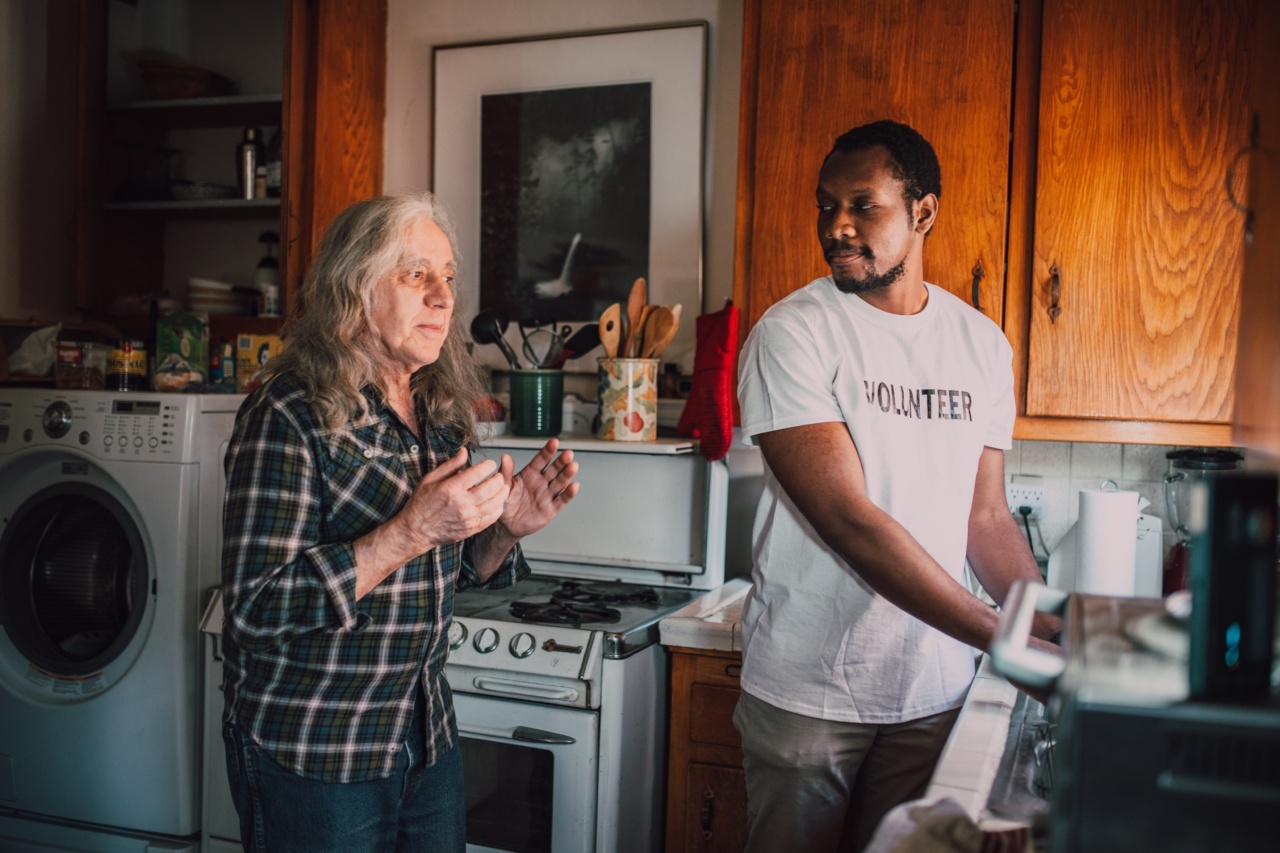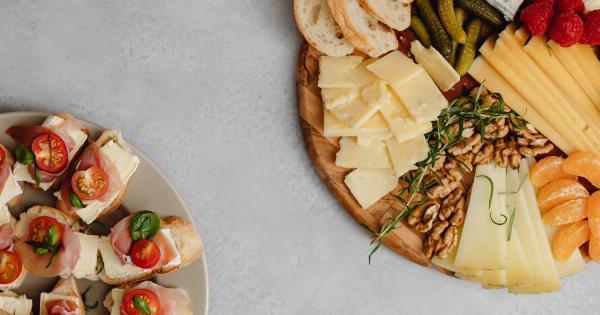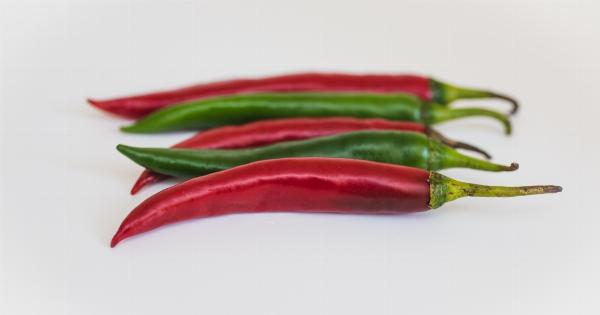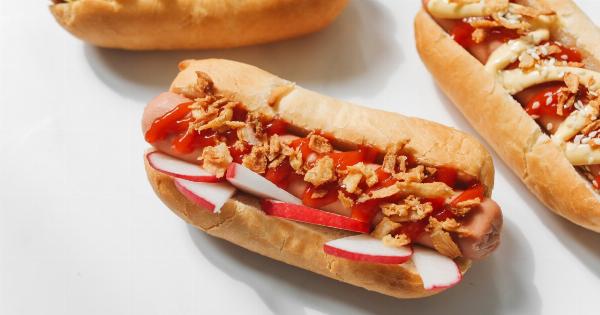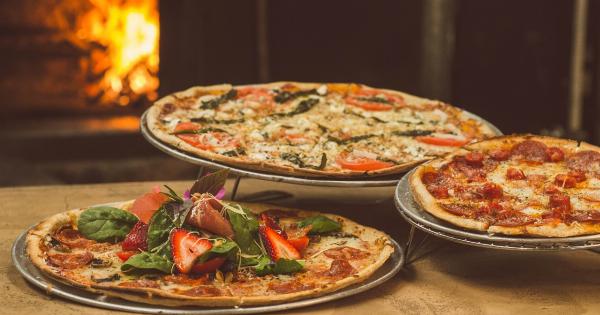We all know that the fridge is a handy place to store food, keeping it fresh and safe to eat for longer. However, some foods don’t respond well to the cold and can change in texture, taste or even spoil if stored in the fridge.
Here are the top 10 foods that change in the fridge:.
Eggs
Many people store eggs in the fridge, but they don’t actually need to be refrigerated. In fact, in some countries like the UK, eggs are usually sold at room temperature and can be kept outside of the fridge.
When eggs are stored in the fridge, the condensation from the moisture in the egg can cause the shell to become porous, allowing bacteria to enter and increasing the risk of spoilage. Also, the cold temperature can cause the egg whites to become watery and lose their texture. That’s why it’s recommended to store eggs at room temperature until ready to use, laying them flat in the carton or in an egg holder.
Bread
If you put bread in the fridge, you may notice that it becomes stale faster than when stored at room temperature. That’s because the cold temperature causes the starch molecules in the bread to recrystallize, making the bread harder and drier.
Also, the moisture in the fridge can make the bread soggy or moldy. Instead, it’s best to store bread in a bread box or a cool, dry place, away from sunlight and heat.
Bananas
While bananas may look good on your fruit bowl, they don’t like being stored in the fridge. The cold temperature can disrupt the ripening process of the bananas and make them turn brown or black faster. Also, the skin can become slimy or mushy.
It’s better to keep bananas at room temperature until they are fully ripe, then you can put them in the fridge to extend their shelf life up to a week.
Tomatoes
Tomatoes are a staple ingredient in many dishes, but they don’t need to be refrigerated. The cold temperature can change the taste and texture of the tomatoes, making them mealy, flavorless or even moldy.
Instead, it’s best to store tomatoes at room temperature, on the counter or in a fruit bowl, away from direct sunlight. You can also keep them stem-side down to prevent moisture from accumulating at the top of the tomato, which can cause spoilage.
Avocado
Avocado is a nutrient-dense fruit that’s rich in healthy fats and fiber. However, it’s also sensitive to temperature changes, which can affect its ripeness.
If you put an unripe avocado in the fridge, it may take longer to ripen or it may never ripen at all. On the other hand, if you put a ripe avocado in the fridge, it may turn brown faster and lose its creamy texture due to the cold temperature.
Instead, it’s best to keep avocados at room temperature until they are ripe, then you can store them in the fridge to slow down the ripening process.
Potatoes
Storing potatoes in the fridge may seem like a good idea to prevent them from sprouting and spoiling, but it’s actually counterproductive.
The cold temperature can turn the starch in the potatoes into sugar, making them taste sweeter and possibly develop a weird flavor when cooked. Also, the moisture in the fridge can cause the potatoes to rot or sprout faster. Instead, it’s best to store potatoes in a cool, dry place, away from sunlight and heat, like in a pantry or a cellar.
You can also place them in a paper bag or a perforated plastic bag for better ventilation.
Onions
Onions are a versatile ingredient that adds flavor and aroma to many dishes. However, they don’t like being in the fridge with other foods like fruits or vegetables, as they can absorb their odors and flavors.
Also, the moisture in the fridge can cause the onions to become soft or moldy. It’s better to store onions in a cool, dry place, away from sunlight and heat, like in a pantry or a mesh bag. Peeled or chopped onions can be stored in an airtight container in the fridge for up to a week.
Coffee
If you’re a coffee lover, you may be tempted to store your coffee beans or grounds in the fridge to preserve their freshness and aroma.
However, that’s actually a bad idea, as the moisture in the fridge can make the coffee absorb other flavors and odors, like from other foods or spices. Also, the cold temperature can cause the oils in the coffee to solidify or change their taste and aroma. Instead, it’s best to store coffee in an airtight container at room temperature, away from sunlight and moisture.
You can also freeze coffee beans or grounds in a ziplock bag for long-term storage.
Honey
Honey is a natural sweetener that never goes bad, thanks to its antibacterial properties. However, refrigerating honey can cause it to crystallize and become harder to scoop or spread.
That’s because the cold temperature can cause the sugars in the honey to solidify. Instead, it’s best to store honey in a cool, dry place, like in a pantry or a cupboard. You can also warm the honey gently to liquefy it again, by placing the jar in a bowl of warm water or using a microwave-safe container.
Hot sauce
If you like to add a spicy kick to your meals, you may have a bottle of hot sauce in your fridge.
However, some hot sauces can actually change in taste or consistency when stored in the fridge, as the cold temperature can alter the balance of the spices and vinegar. Also, the moisture in the fridge can cause the sauce to clump or separate. It’s better to store hot sauce at room temperature, in a cool, dry place, like in a pantry or a cupboard.
Most hot sauces have a long shelf life and don’t need to be refrigerated once opened, as they contain vinegar or other preservatives.
Conclusion
While the fridge can be a great tool to keep your food fresh and safe, it’s important to know which foods are best kept at room temperature or in a cool, dry place.
Eggs, bread, bananas, tomatoes, avocado, potatoes, onions, coffee, honey and hot sauce are some of the foods that can change in the fridge, losing their texture, flavor or nutritional value. By storing them properly, you can extend their shelf life and enjoy their full potential.
